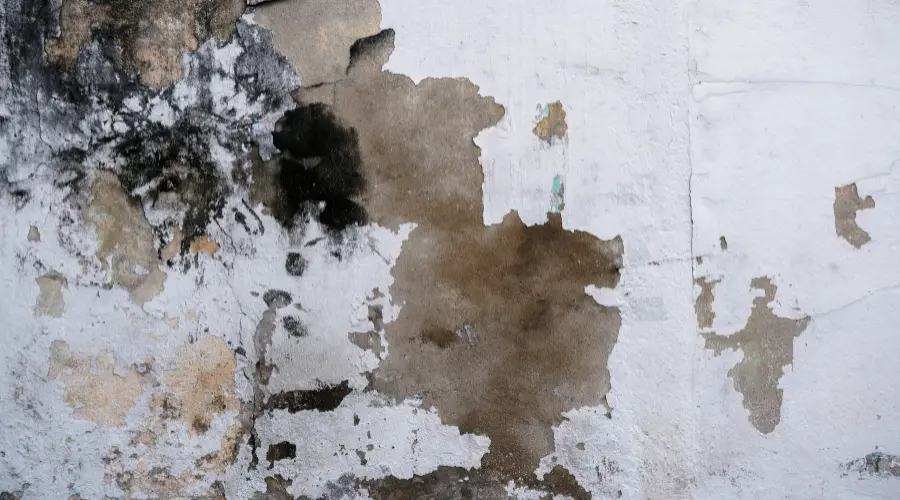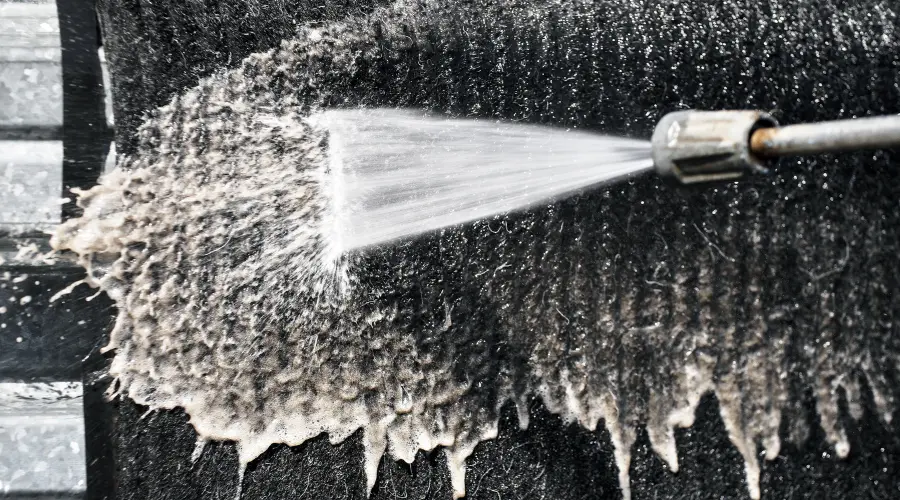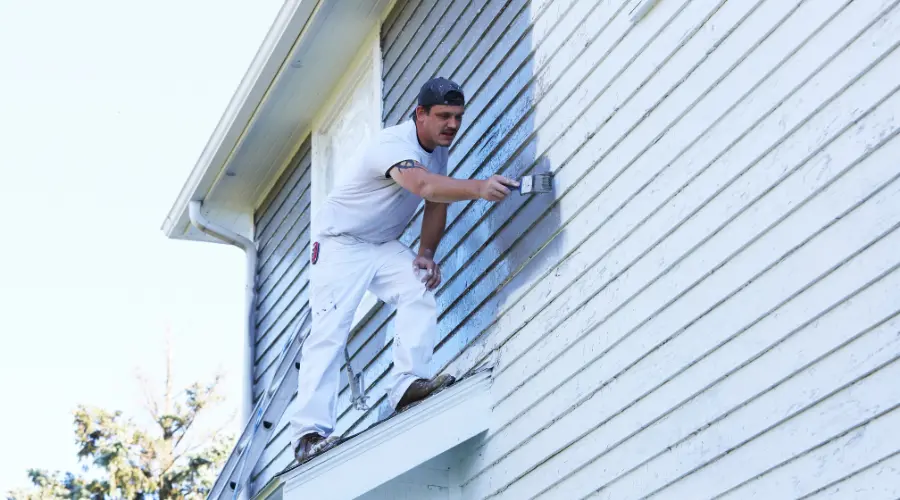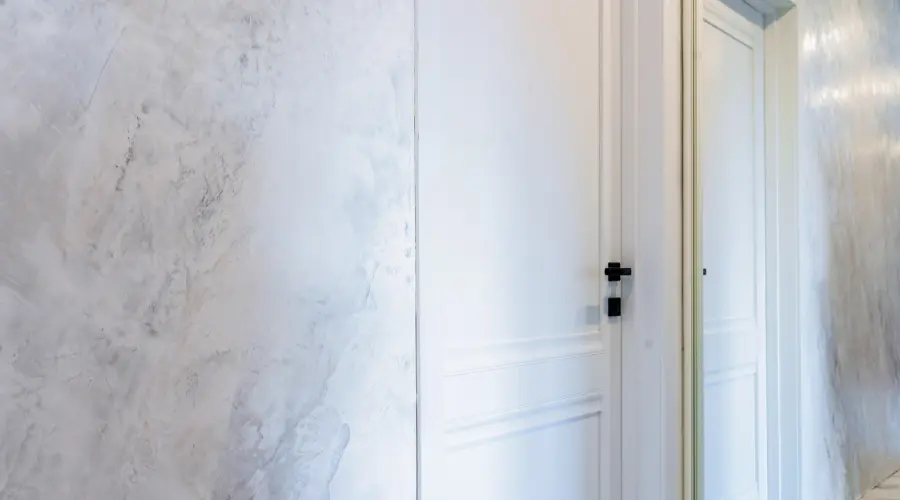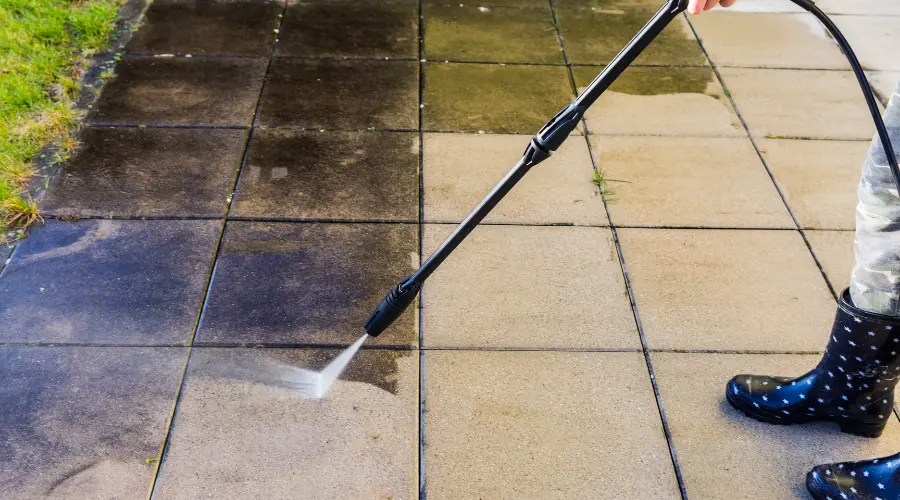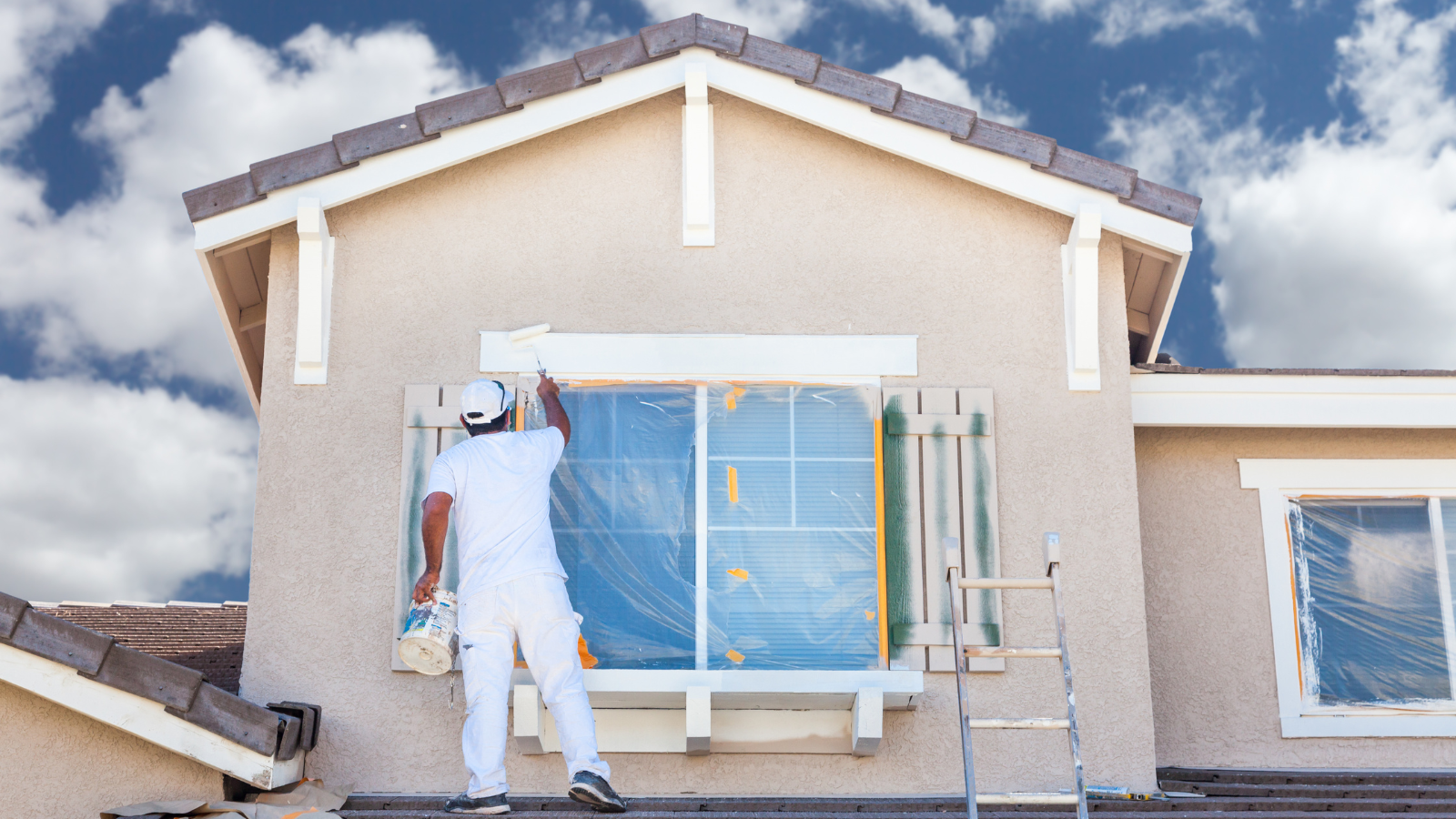Radiators are essential for keeping your home warm but can sometimes clash with your decor. Refreshing your radiator with a coat of paint can harmonize it with your interior style while maintaining its functionality.
Key Takeaways
- Turn Off and Cool Down: Always turn off your radiator and let it cool completely before painting.
- Thorough Preparation: Clean and sand the surface for optimal paint adherence.
- Use the Right Materials: Choose heat-resistant paints and primers designed for metal surfaces.
- Ventilation is Crucial: Ensure proper airflow when painting to avoid inhaling fumes.
- Consider Professional Help: DIY is possible, but professionals can ensure a polished finish.
Step-by-Step Guide to Painting Your Radiator
Preparation is Key
- Turn Off the Radiator: Begin by turning off the radiator and allowing it to cool completely. Painting a warm radiator can cause the paint to bubble and fail to adhere properly.
- Clean the Surface: Use a mixture of hot water and a small amount of dish soap to clean your radiator. Scrub with a sponge or rag to remove dirt, grease, and grime. Dry thoroughly with a clean towel.
- Open Windows for Ventilation: Ensure the room is well-ventilated by opening windows or using fans. This will help dissipate fumes from cleaning agents, primers, and paint.
Prepare the Surface
- Sand the Radiator: Gently sand the surface using sandpaper or a sanding block to remove loose paint and rough patches. This step also improves the adhesion of primer and paint.
- Remove Dust: After sanding, wipe the radiator with a soft cloth to eliminate dust and debris.
Priming Your Radiator
- Select the Right Primer: Use a heat-resistant primer specifically designed for metal surfaces. These primers can withstand the high temperatures radiators produce.
- Apply Evenly: Use a paintbrush or spray primer. If spraying, maintain a distance of 6-8 inches from the surface and ensure proper ventilation.
- Let it Dry: Allow the primer to dry completely before proceeding to the next step.
Painting Your Radiator
- Choose Heat-Resistant Paint: Opt for paints labeled for high-temperature or radiator-specific use. While wall paint can work, it’s prone to chipping and fading.
- Apply the First Coat: Use long, even strokes with a paintbrush, following the grooves of the radiator. This technique ensures a smooth and neat finish.
- Assess Coverage: After the first coat dries, evaluate the coverage. Lighter colors may need only one coat, while darker colors often require two.
- Paint in Sections: For a more precise application, paint the radiator in sections. This approach helps prevent drips and uneven coverage.
Frequently Asked Questions (FAQ)
Q: What type of paint should I use for a radiator?
A: Use heat-resistant paint designed for metal surfaces. These paints can withstand high temperatures and provide a durable finish.
Q: Can I use wall paint on a radiator?
A: While you can use wall paint, it’s not recommended for longevity. Heat-resistant paints are specifically formulated to endure the heat radiators emit, reducing the risk of chipping and flaking.
Q: How can I paint behind a radiator?
A: Use specialized radiator paint brushes or tools available at hardware stores. These brushes are designed to access hard-to-reach areas like the space behind radiators.
Q: Is spray painting a radiator a good idea?
A: Spray painting can deliver a smooth, even finish. However, it requires proper ventilation and might necessitate moving the radiator away from the wall for full access.
Q: How long should I wait before turning the radiator back on?
A: After painting, allow at least 24-48 hours for the paint to cure fully before turning the radiator back on.
Q: Can I use gloss paint on my radiator?
A: Yes, as long as the gloss paint is suitable for high-temperature metal surfaces.
Tips for a Professional Finish
- Mask Surrounding Areas: Use painter’s tape to protect walls and floors from accidental paint splatters.
- Inspect for Flaws: Check for missed spots or uneven areas after the first coat and address them before the second coat.
- Work in a Well-Lit Area: Proper lighting helps identify imperfections during painting.
- Invest in Quality Tools: High-quality brushes and paints ensure a smoother application and longer-lasting results.
When to Hire Professionals
While painting a radiator is manageable for most DIY enthusiasts, certain situations may warrant professional assistance:
- Lack of Time or Tools: Professionals come equipped with the tools and expertise to deliver flawless results.
- Complex Radiators: Ornate or hard-to-access designs can be challenging to paint evenly.
- Desire for a Perfect Finish: Professionals can achieve a level of polish that’s difficult to replicate at home.
At CCT Apex House Painting, our team specializes in both interior and exterior painting services, including radiators. We ensure a high-quality finish that revitalizes your space effortlessly. Call us at (919) 646-5009 or request a free quote online today!
Painting your radiator can transform an eyesore into a stylish element of your room. With the right tools, materials, and preparation, you can achieve a polished result that enhances your home’s aesthetic. Whether you tackle it yourself or enlist the help of professionals, the effort is well worth the upgrade.


